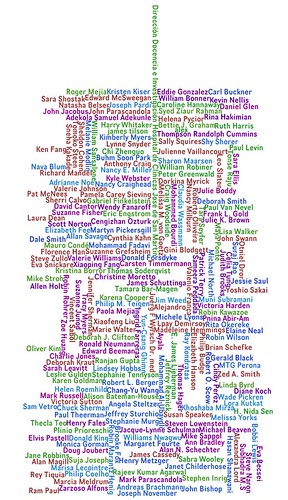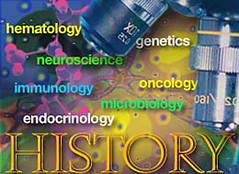Relations between curators and museum management, between museums and their owners, and between museums and sponsors/donors come in all varieties. Sometimes they can be quite troubled—one of the best known cases is perhaps the censored Enola Gay exhibition at the National Air and Space Museum in the 1990s.
The Smithsonian apparently has a perennial problem. In an article in the Newsletter of the Organizaton of American Historians (nr 36, August 2008) titled ‘History with Boundaries: How Donors Shape Museum Exhibits’, the current president of the OAH, Pete Daniel, tells the sad story about how sponsors and donors together with the top management have curbed curatorial control over exhibitions in the National Museum of American History. The museum, says Daniel, “could dare to present exciting and controversial interpretations based on recent scholarship”, but instead it “has settled for donor-demanded exhibits, ignored recent scholarship, marginalized curators, and now strives for mediocrity”. Read more here.
(thanks to Jim Edmonson for the tip)



 In addition to the presentation and discussion of work-in-progress, the group will serve as a forum for discussion of issues of common interest, such as the identification and development of source materials; the uses and pitfalls of oral histories in research; and collaborations between historians and the biomedical community.
In addition to the presentation and discussion of work-in-progress, the group will serve as a forum for discussion of issues of common interest, such as the identification and development of source materials; the uses and pitfalls of oral histories in research; and collaborations between historians and the biomedical community.